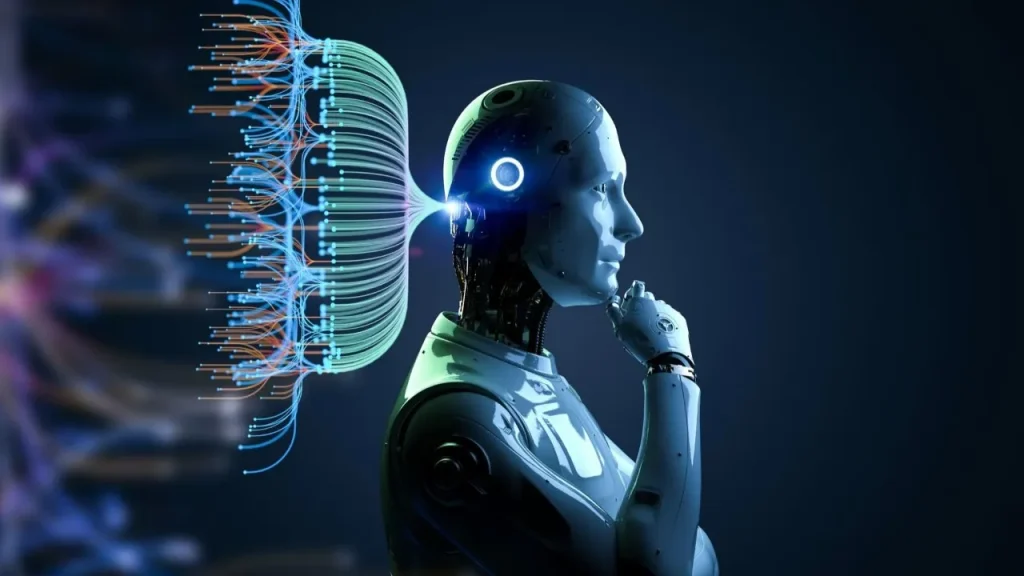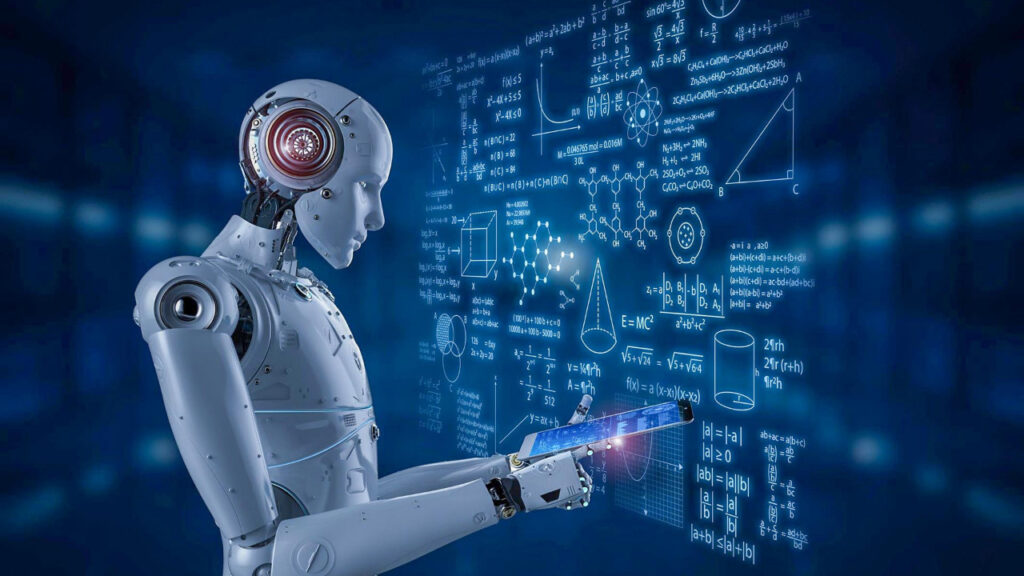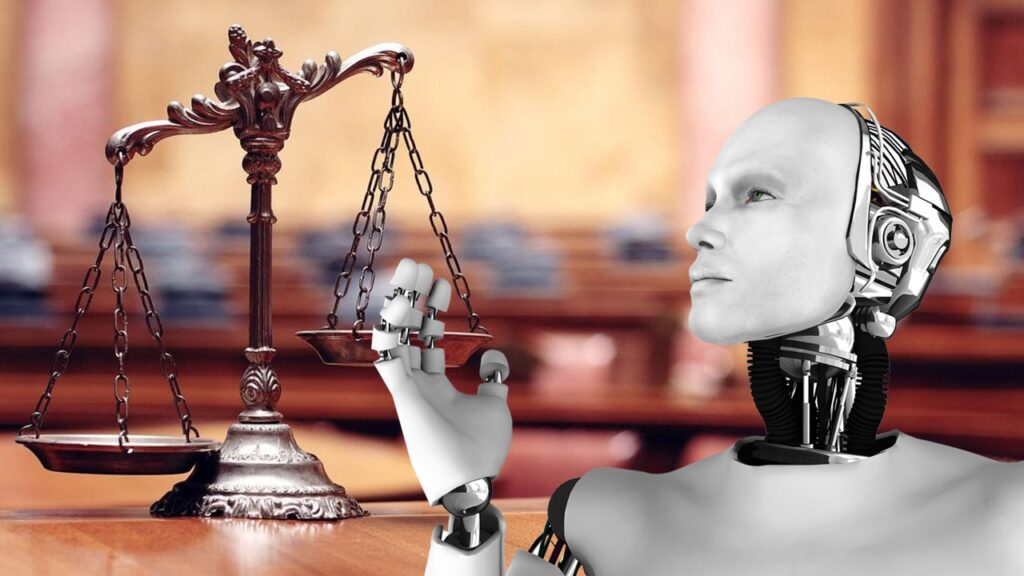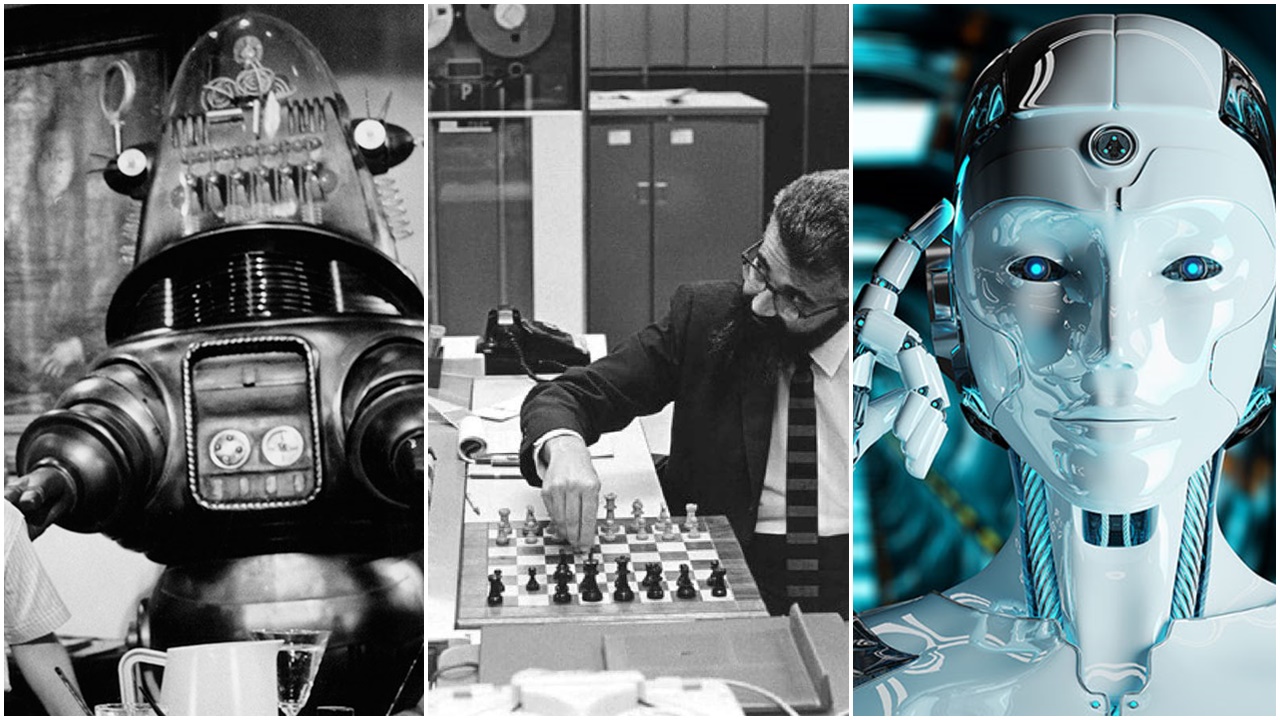Artificial intelligence has become an integral part of daily life, revolutionizing various industries. However, the history of artificial intelligence goes back further than you might think. The earliest experimental works in this field date back to the 13th century, but it gained momentum, particularly after the 1950s.
AI history and examples
The earliest example of artificial intelligence can be traced back to the Spanish philosopher Raymond Lulle. In his book “Ars Generalis Ultima” (The Ultimate General Art), Lulle demonstrated that new knowledge could be designed through the combination of concepts. Mathematicians such as Gottfried Leibniz in 1666 and Thomas Bayes in 1763 also worked on this idea.

Modern artificial intelligence emerged in the 1950s with the concept of “machines that can mimic human intelligence” by computer scientists. Researchers gathered at the Dartmouth Conference in 1956 to define the goals in this field, and the term “artificial intelligence” was coined.
First AI program and AI Winter era
Artificial intelligence research focused on developing computer programs that could perform tasks on behalf of humans. One of the earliest achievements in this field was the concept of “Logic Theorist” proposed by Allen Newell and Herbert A. Simon in 1955. This program demonstrated that machines could prove mathematical theorems.
In the 1960s, artificial intelligence research entered a phase called “AI Winter” due to high expectations and limited computational power, which resulted in a halt in progress.
Expert systems and machine learning in the 1980s
In the 1970s, the development of expert systems brought a revival to artificial intelligence. Expert systems used knowledge-based rules to solve specific problems, such as medical diagnosis and industrial control.

In the 1980s, significant advancements were made in artificial intelligence with the emergence of machine learning algorithms. Machine learning enabled computers to learn from data and improve their performance over time.
The Backpropagation algorithm, which facilitated the training of neural networks inspired by the human brain, was developed. Neural networks could perform tasks such as pattern recognition and decision-making.
AI defeating the World Chess Champion
In the 1990s, artificial intelligence applications expanded into various fields such as natural language processing, computer vision, and robotics. The emergence of the Internet accelerated research by providing access to large amounts of data.
IBM’s Deep Blue defeated the World Chess Champion Garry Kasparov, demonstrating the strategic thinking and problem-solving potential of artificial intelligence.

Generative AI (ChatGPT) and beyond
The 21st century witnessed the most significant development in artificial intelligence technologies. In 2011, IBM’s Watson won a TV game show called Jeopardy! by demonstrating its ability to understand complex questions using natural language processing and machine learning.
Companies like Google and Meta invested in generative artificial intelligence and launched applications for users. Tools like ChatGPT have also become prevalent in everyday usage.














